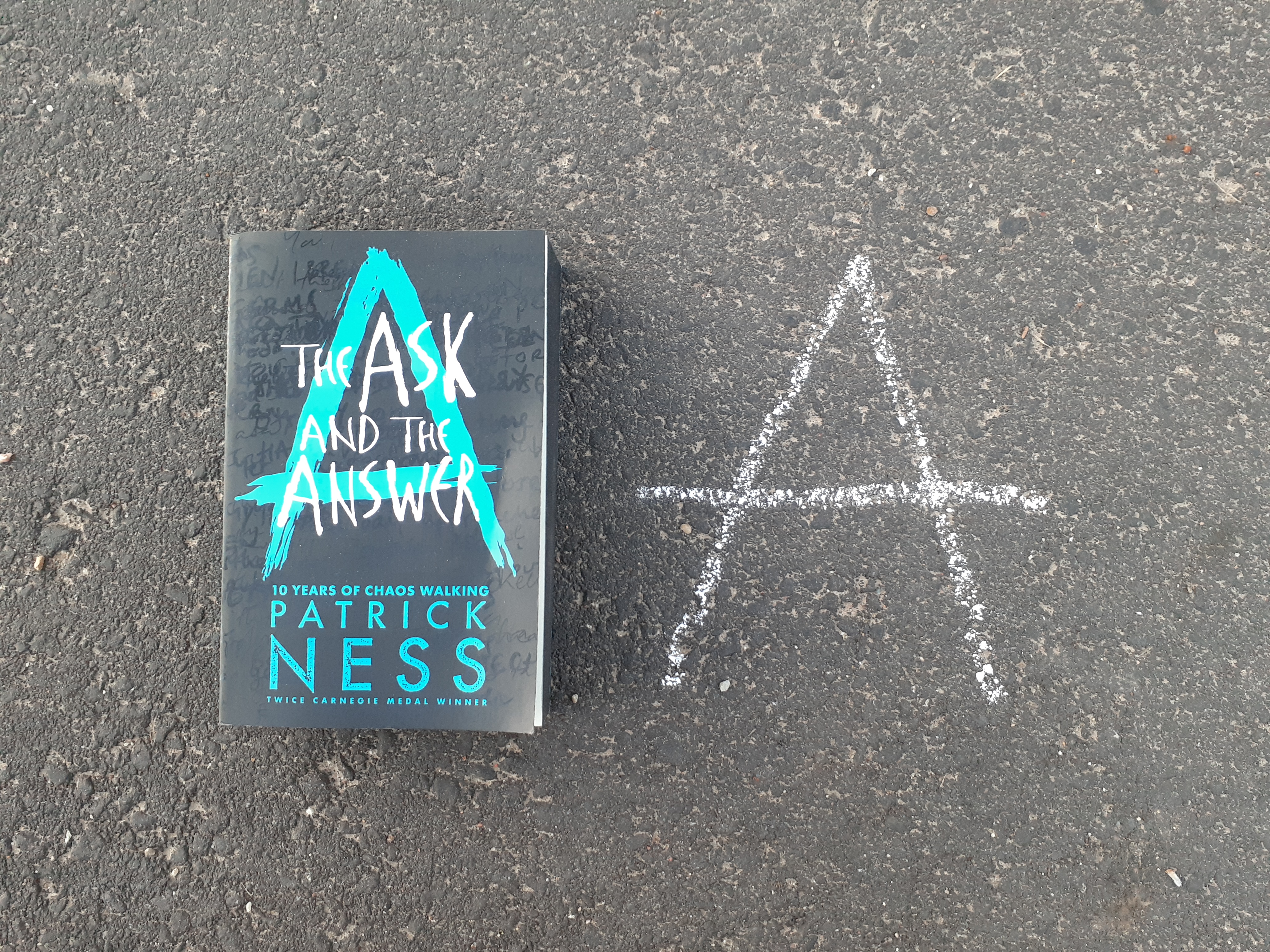Young adult novel about grief and love
This book has been on my shelf for a very long time. Way back when I started this blog, I was frantically collecting books with tinted edges and I picked this one up from a Canberra book shop called Book Passion. However my bookshelf was bigger than my eyes and it has taken me a very long time to get to some of these early books. In an effort to try to tackle my backlog of over 200 unread books (send help!), I’ve been trying to prioritise books that have been sitting around for a while so I picked this one to take with me when I went for a trip.

“The Sky is Everywhere” by Jandy Nelson is a young adult novel about a teenage girl called Lennie who returns to school after her sister Bailey has died suddenly following an unexpected health event. Lennie struggles to process the loss of her sister, or to talk about her grief with her grandmother and uncle, instead leaving snippets of poetry written on unlikely scraps discarded around her home town. However, things begin to grow even more complicated when she starts spending time with Bailey’s boyfriend Toby and meets the handsome, musical new student Joe.
This is an extremely heartfelt book that authentically and messily tackles the different ways people handle grief. Lennie is a very relatable character who grapples with the urgency of living – with ambition, love, family and school – while coming to terms with the understanding that these are all things her sister will miss out on. I really liked the interactivity of Lennie’s poetry throughout the book, with the lines scribbled on different types of paper (and even things like candy wrappers). I felt like it made the book feel more raw. I also really enjoyed Lennie’s relationship with her Gram, the strain and later solace they find in each other, and Lennie’s gradual understanding of her absent mother.
While I completely understand how Lennie’s grief and desire to be close to her sister clouds her judgment, I did find the love triangle of the book one of my least favourite parts. As a reader, there was just something quite uncomfortable about Toby and Lennie seeking comfort in one another. I appreciate that it contributed to the tension of the book, but I think sometimes you can have a budding relationship and explore social issues without tension.
Nevertheless, a gentle book that sensitively explores grief and adolescence. Also if you’re looking for a TV series on a very similar topic, I really recommend “Never Have I Ever” which is far more chaotic and extremely funny.












